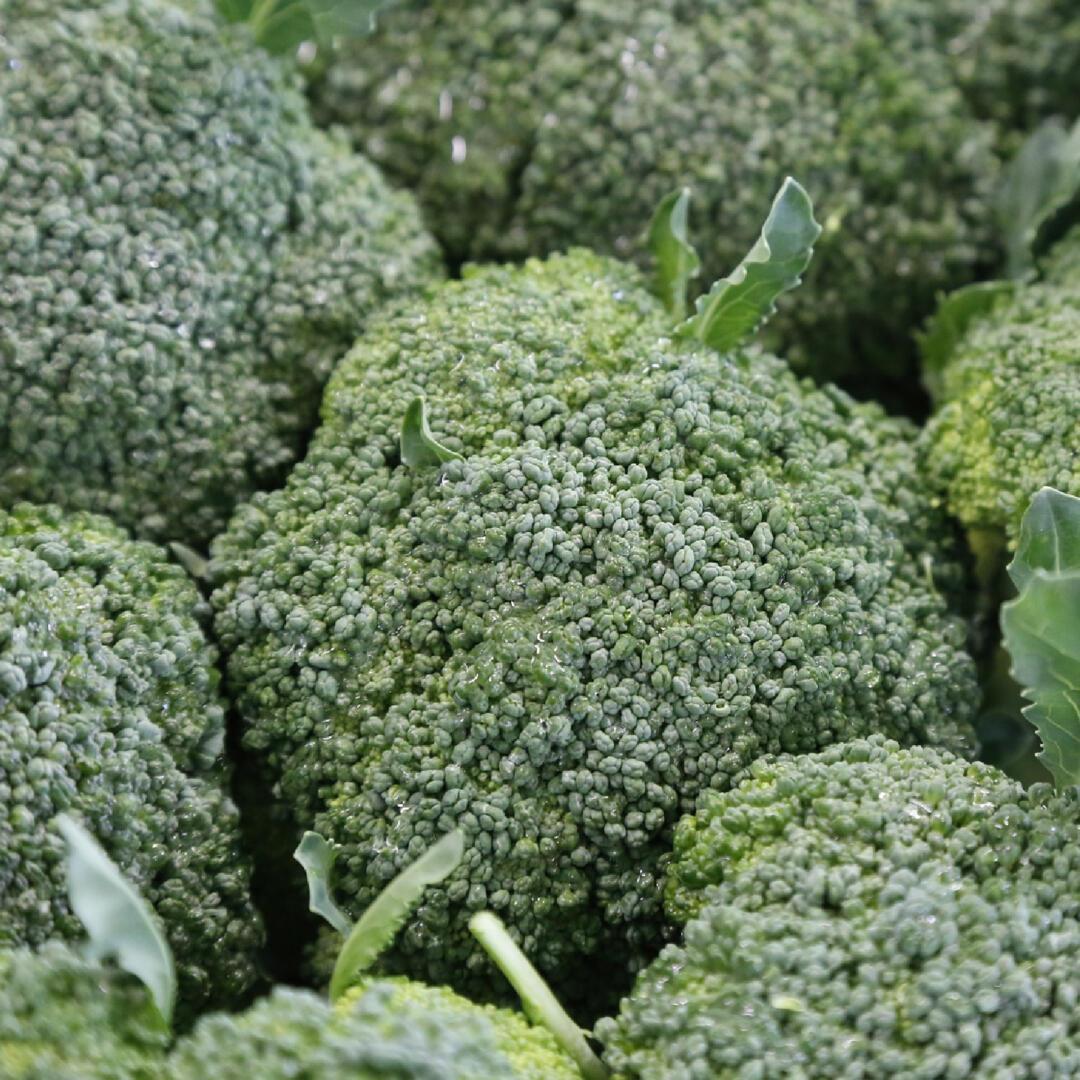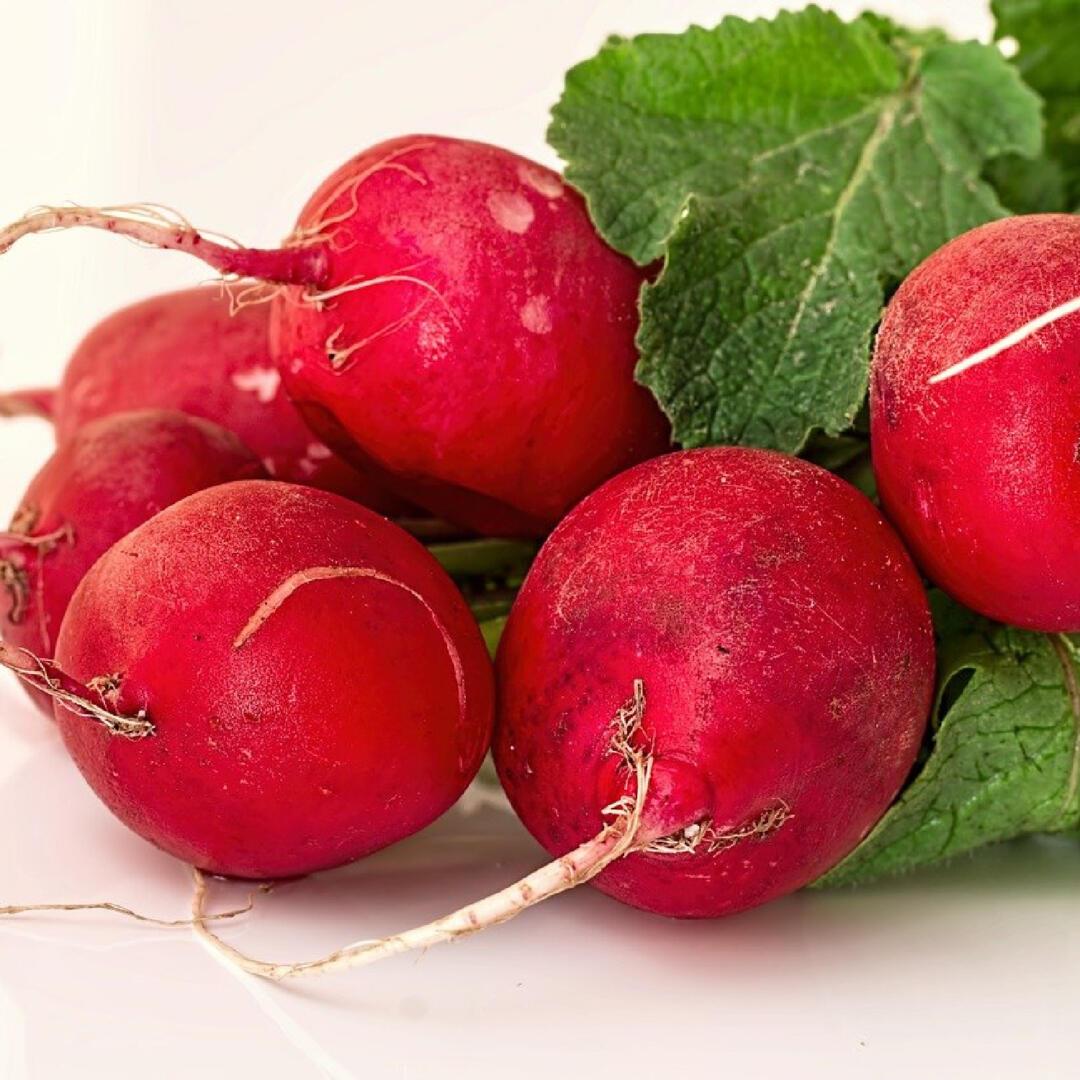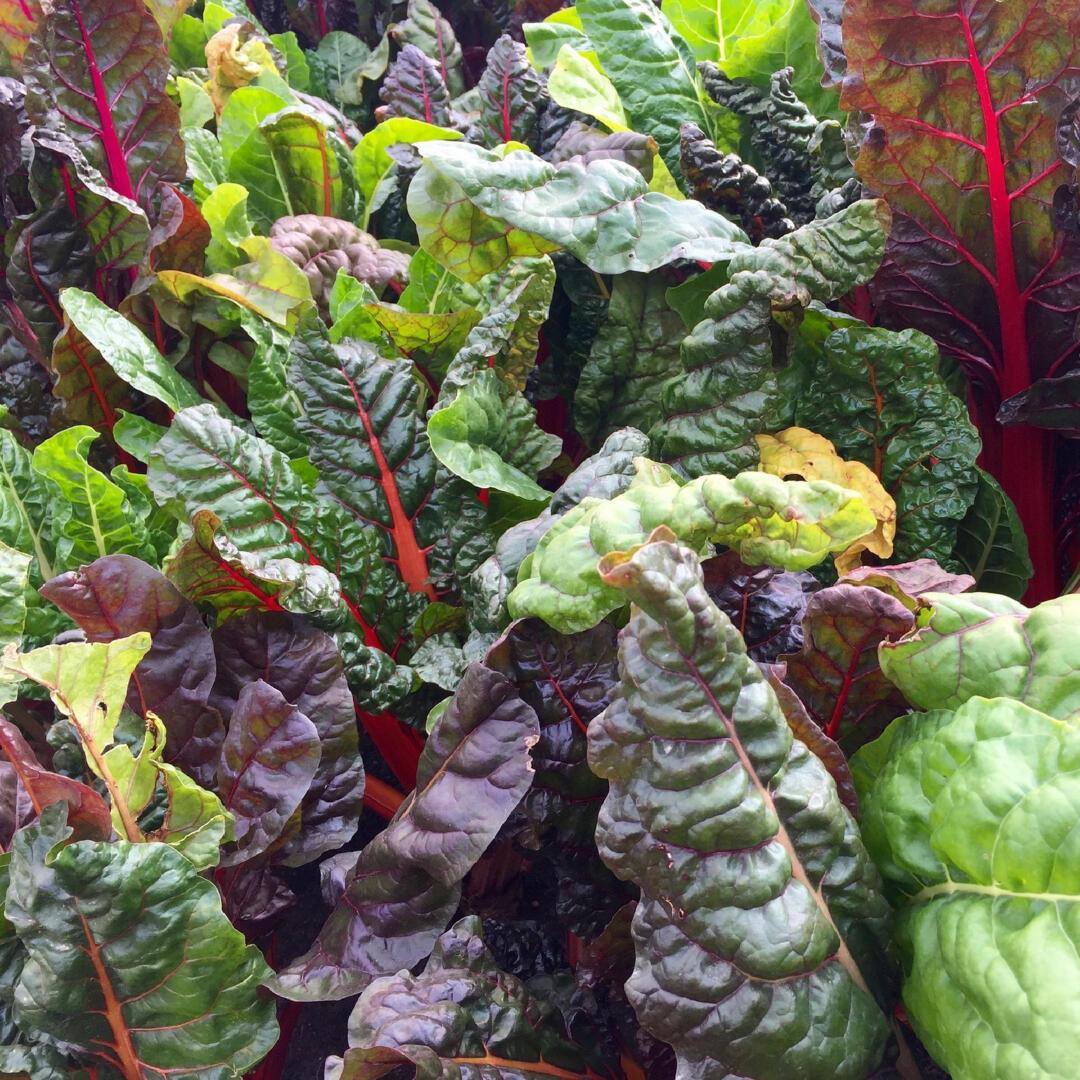Planting Dates for Spring (according to last frost date)
| Feb. 18 – Mar. 4 | Transplant Dates |
| Bell Pepper | May 7 – 21 |
| Celery | May 7 – 21 |
| Eggplant | May 14 – 28 |
| Oregano | April 30 – May 21 |
| Rosemary | May 7 – 28 |
| Thyme | April 30 – May 21 |
| Mar. 4 – 19 | Transplant Dates |
| Basil | April 30 – May 21 |
| Broccoli | April 2 – 23 |
| Brussels Sprouts | April 2 – 16 |
| Cabbage | April 2 – 16 |
| Cauliflower | April 2 – 23 |
| Kale | April 2 – 23 |
| Sage | April 30 – May 14 |
| Tomatoes | May 7 – 28 |
| Mar. 19 – Apr. 2 | Transplant Dates |
| Kohlrabi | April 9 – 16 |
| Lettuce | April 16 – May 14 |
| Swiss Chard | April 9 – 16 |
| Apr. 2 – 9 | Transplant Dates |
| Cantaloupe | May 14 – 28 |
| Cucumber | May 14 – 28 |
| Sweet Potatoes | May 14 – 28 |
| Watermelon | May 14 – 28 |
| Zucchini | May 14 – 28 |
Start Seeds Outdoors
| Mar. 4 – 26 | ||
| Radish | ||
| Mar. 19 – Apr. 9 | ||
| Peas | ||
| Spinach | ||
| Mar. 26 – Apr. 9 | ||
| Carrots | ||
| Dill | ||
| Apr. 2 – 9 | ||
| Chives | ||
| Onions | ||
| Parsley | ||
| Turnips | ||
| Apr. 9 – 30 | ||
| Parsnips | ||
| Apr. 16 – May 7 | ||
| Beets | ||
| Apr. 23 – May 14 | ||
| Potatoes | ||
| Apr. 30 – May 14 | ||
| Cilantro (Coriander) | ||
| Corn | ||
| May 7 – 28 | ||
| Green Beans | ||
| May 14 – 28 | ||
| Okra |
Tips for Direct Sowing Successfully
Direct sowing seeds is not a difficult task but with these handy hints you’ll be sure to have an abundance of plants:
-
- Make sure the area you’re planting in is weed free before you plant any seeds. Sometimes plant or vegetable seedlings are mistaken for weeds and are pulled out before they get a chance to grow. With having your garden weed free, your plants will not have to fight over needed nutrients from the soil.
- Most planting & sowing information will be on its seed packet if you have one. A good rule of thumb is to plant seeds 2-3x as deep as their circumference, but some seeds require light to germinate. If they do, just gently press the seeds into damp soil, so that they are making good contact.
- Pay special attention to the information on the packet about when to sow. Some seeds or seedlings won’t survive frost so you’ll want to wait until it’s a safe time to plant. Some require a cold period to germinate. We consider these plants cool/cole crops.
- Mark your rows. Label the area of your seeds so you’ll remember what plant you have there. It’s definitely possible to forget what plant it is especially if you’re a beginner.
- Dampen the soil before you plant. Then water gently as needed, until you see germination.
- Keep the soil moist until the seed germinates/sprouts, then be sure to water whenever the surface soil looks dry. Seedlings don’t have much of a root system and they can dry out very quickly. Pay close attention to young seedlings if it’s really windy or if the weather suddenly turns hot and sunny. Rapid drying of the soil can kill your tender seedlings in a flash if you don’t see it soon enough.
- If your germination was successful, you’ll most likely need to thin out the seedlings to give them proper airspace and room to grow. You can pinch off the unwanted seedlings when you can see a few leaves. Pulling them might disrupt the tiny root systems.
- Many plants benefit from being pinched back once they have developed about 3 sets of true leaves. This will encourage the plant to send out more branches and become a fuller, bushier plant.
- Pamper your seedlings until they become established plants and keep an eye out for pests.
Our average last frost date in the Lehigh Valley is April 30th, but remember that there is always the potential for a later frost.






